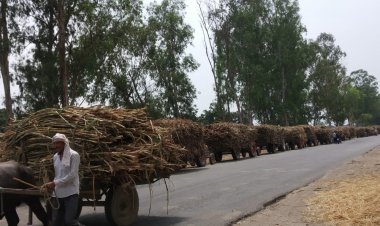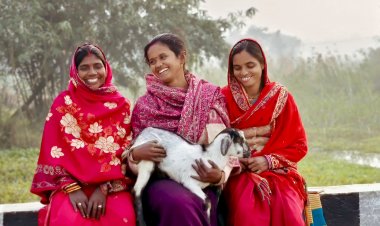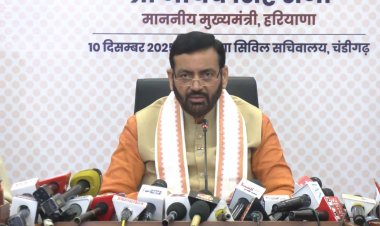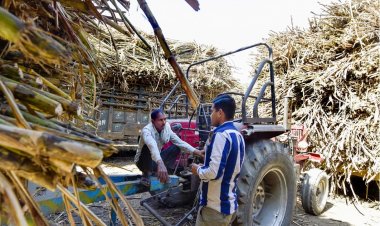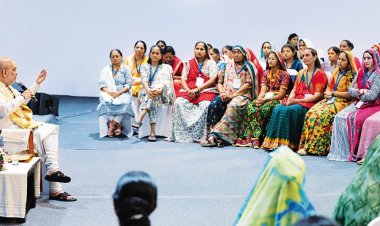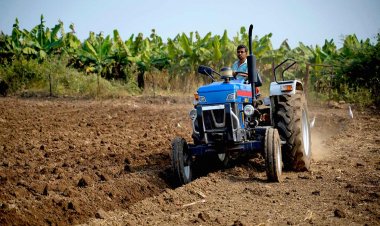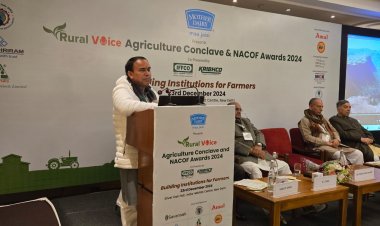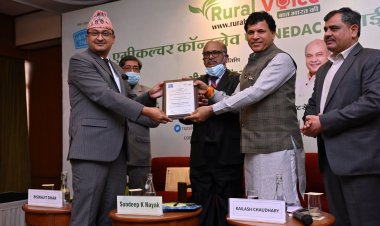Lockdown to spur online marketing of Indian mango
In the backdrop of Covid-19, subsequent lockdowns and restricted visits of buyers to the wholesale and retail fruit markets, the online marketing of mango may come to the rescue of the growers, and allow mango connoisseurs to enjoy the succulent Malihabadi mangoes next month.
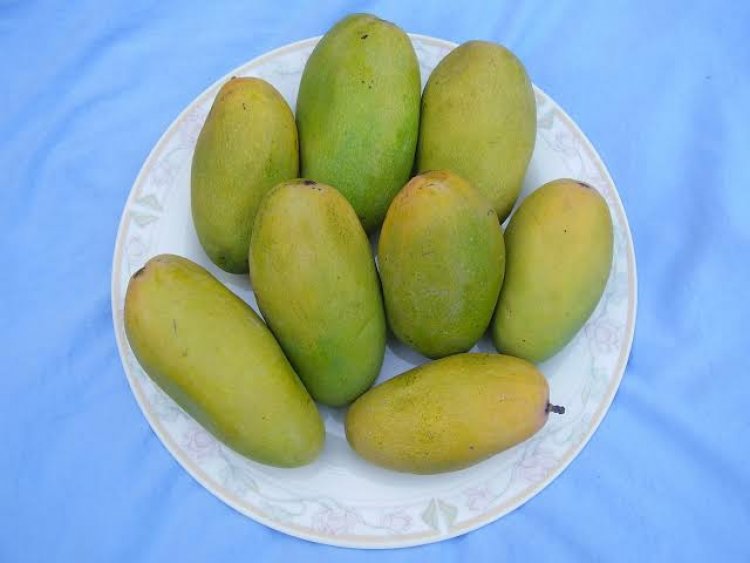
Lucknow
In 2020, Covid-19 largely spoilt the peak marketing season for domestic mango growers. This year too, the unwelcome phenomenon is playing truant with a stiff second wave of the pandemic showing no signs of a retreat but causing lockdowns and night curfews across the states.
In this backdrop and restricted visits of buyers to the wholesale and retail fruit markets, the online marketing of mango may come to the rescue of the growers, and allow mango connoisseurs to enjoy the succulent Malihabadi mangoes next month.
Malihabad, which is predominantly a rural tehsil of Lucknow district, is famous for its rich mango belts of Malihabad and Kokori. Dussehri is the most famous variety in the region.
Lucknow-based Central Institute for Subtropical Horticulture (CISH), a specialty laboratory of the Indian Council of Agricultural Research (ICAR), had started demonstrating online trading involving entrepreneurs through mobile apps during the pandemic.
According to CISH director Shailendra Rajan, the Malihabadi varieties of mangoes are popular across the North Indian states. He said while it would be easier for the Lucknowites to enjoy the taste of Dussehri once the crop is ripe for picking, it would nonetheless be difficult for people in other cities to get their parcels from Lucknow.
“Mango boxes are booked from Lucknow and the parcels dispatched by trains to their destinations. Due to the pandemic, uncertain train operation and restricted movement in cities, it will be difficult to follow this traditional way of sending mangoes,” he lamented.
Crediting CISH, he claimed it was for the first time that a mango mobile app was developed for exclusive marketing of the Lucknow mangoes.
“This initiative was taken by the Agri Business Incubation Centre of the institute. The entrepreneurs received good responses and learned about the supply chain of mangoes from the farmers’ field to the customer using the app. This included the selection of fruits, its grading, processing, packaging and delivery, which requires experience, especially in handling a large number of customers during the season,” Rajan explained.
The online marketing of mangoes was possible only for about two months last year. Mango being a perishable commodity, customers from other cities could easily place the order online, but the transport and delivery to the distant cities was a big hurdle. “While the mango consignment reached the destination city, it could not be distributed due to lockdown or any other intra-city restrictions,” he added.
In the current second wave of Covid-19, the movement of the people is again limited and everybody is looking to get mango consignments delivered at their doorstep. People have already started contacting those entrepreneurs who had participated in online mango marketing last year.
According to Rajan, entrepreneurs also faced problems in sustaining this business model with online marketing only for mangoes. Since the business was limited to fresh mangoes only, once the mango season was over, the network and facilities created remained idle.
“This motivated the entrepreneurs to include a few other items for digital marketing. Many of these may be mango-based, but there is a good scope to include other fruits and mango-based value-added products,” he said.
However, because of large-scale mango output, online supply by the entrepreneurs may not be able to offset a large quantity of the estimated production of mango in the region.
“However, a good number of small farmers can be linked with the supply chain. The online supply can easily ensure doorstep carbide-free mango supply. For sustainable online marketing of mangoes, entrepreneurs have to maintain quality as the mango quality changes with the season,” he noted.
Meanwhile, the mango output in Uttar Pradesh is estimated at 4 million tonnes (MT) annually, but it fluctuates from one year to another, depending upon the climate during the flowering season.
Although India is among the top mango producers in the world, corresponding to 40 per cent of global output, followed by China, Thailand and Pakistan, yet a major portion of the fruit is domestically consumed and only a small quantity is exported.
(Virendra Singh Rawat is a Lucknow-based journalist who writes on contemporary issues of industry, economy, agriculture, infrastructure, budget etc.)



 Join the RuralVoice whatsapp group
Join the RuralVoice whatsapp group

















